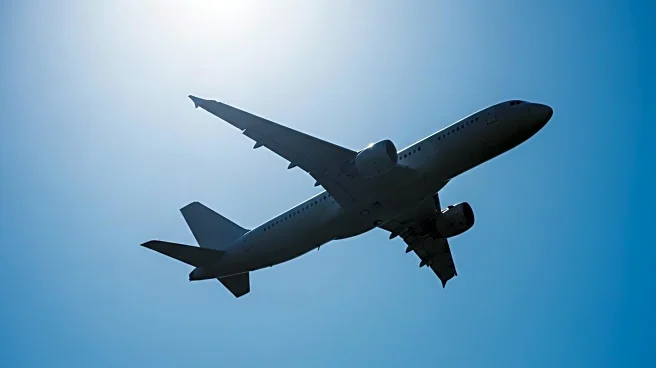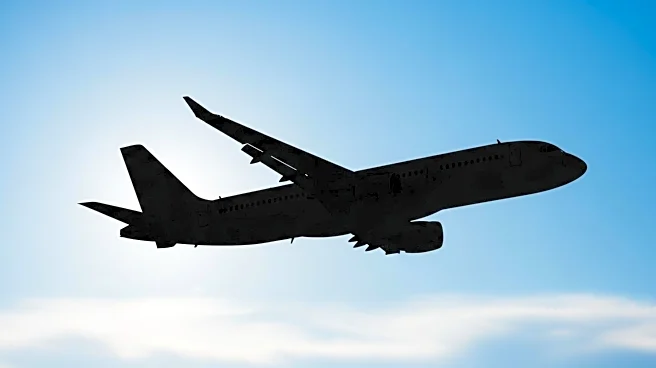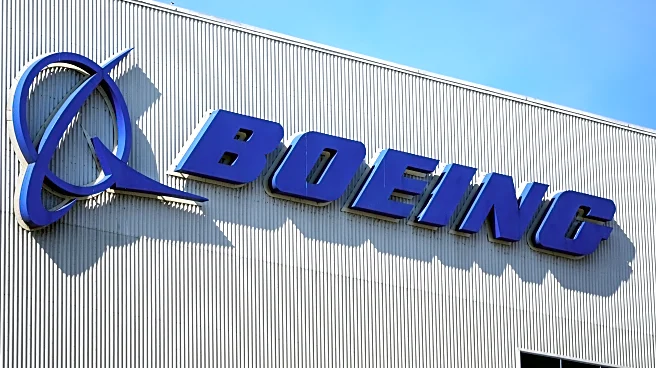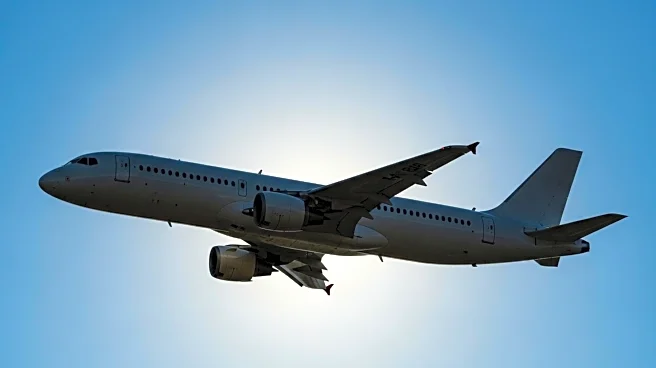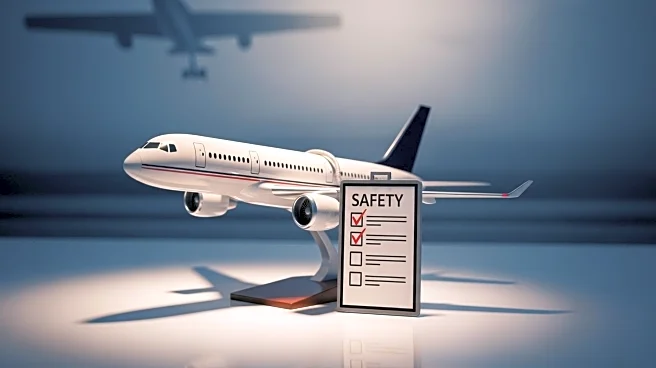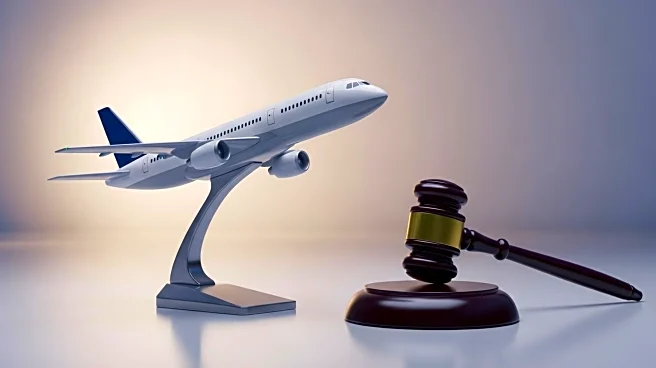What is the story about?
What's Happening?
The Federal Aviation Administration (FAA) has proposed a $3.1 million fine against Boeing due to safety violations, including a significant incident involving an Alaska Airlines Boeing 737 Max 9. In January 2024, a door plug panel on the aircraft's fuselage blew out shortly after takeoff from Portland, Oregon. Fortunately, none of the 171 passengers or six crew members were seriously injured, and the pilots managed to land the plane safely. The FAA's proposed penalty covers violations from September 2023 to February 2024. The National Transportation Safety Board's investigation revealed lapses in Boeing's manufacturing and safety oversight, compounded by ineffective FAA inspections and audits. The FAA identified numerous quality system violations at Boeing's 737 factory in Renton, Washington, and at Spirit AeroSystems' factory in Wichita, Kansas. Boeing has 30 days to respond to the FAA's proposed penalty.
Why It's Important?
This development is significant as it highlights ongoing safety concerns within Boeing's operations, particularly with the 737 Max model, which has been under scrutiny following two fatal crashes in 2018 and 2019. The proposed fine underscores the FAA's commitment to enforcing safety standards and holding manufacturers accountable for lapses that could endanger passengers. The incident and subsequent investigation may impact Boeing's reputation and financial standing, as well as influence regulatory practices and safety protocols in the aviation industry. Stakeholders, including airlines and passengers, may experience increased scrutiny and changes in safety measures as a result.
What's Next?
Boeing is currently reviewing the FAA's proposed civil penalty and has stated its commitment to improving safety management and quality assurance. The company has implemented a safety and quality plan under FAA oversight to address these issues. Boeing's response to the fine and its efforts to enhance safety culture will be closely monitored by regulators and industry observers. The outcome may lead to further regulatory actions or adjustments in Boeing's operational practices. Additionally, the aviation industry may see heightened regulatory scrutiny and potential changes in safety standards to prevent similar incidents.
Beyond the Headlines
The incident raises broader questions about the effectiveness of regulatory oversight and the balance between meeting production schedules and ensuring safety compliance. Ethical considerations regarding corporate accountability and transparency in safety practices are also brought to the forefront. Long-term implications may include shifts in industry standards and increased pressure on manufacturers to prioritize safety over production targets.
AI Generated Content
Do you find this article useful?
